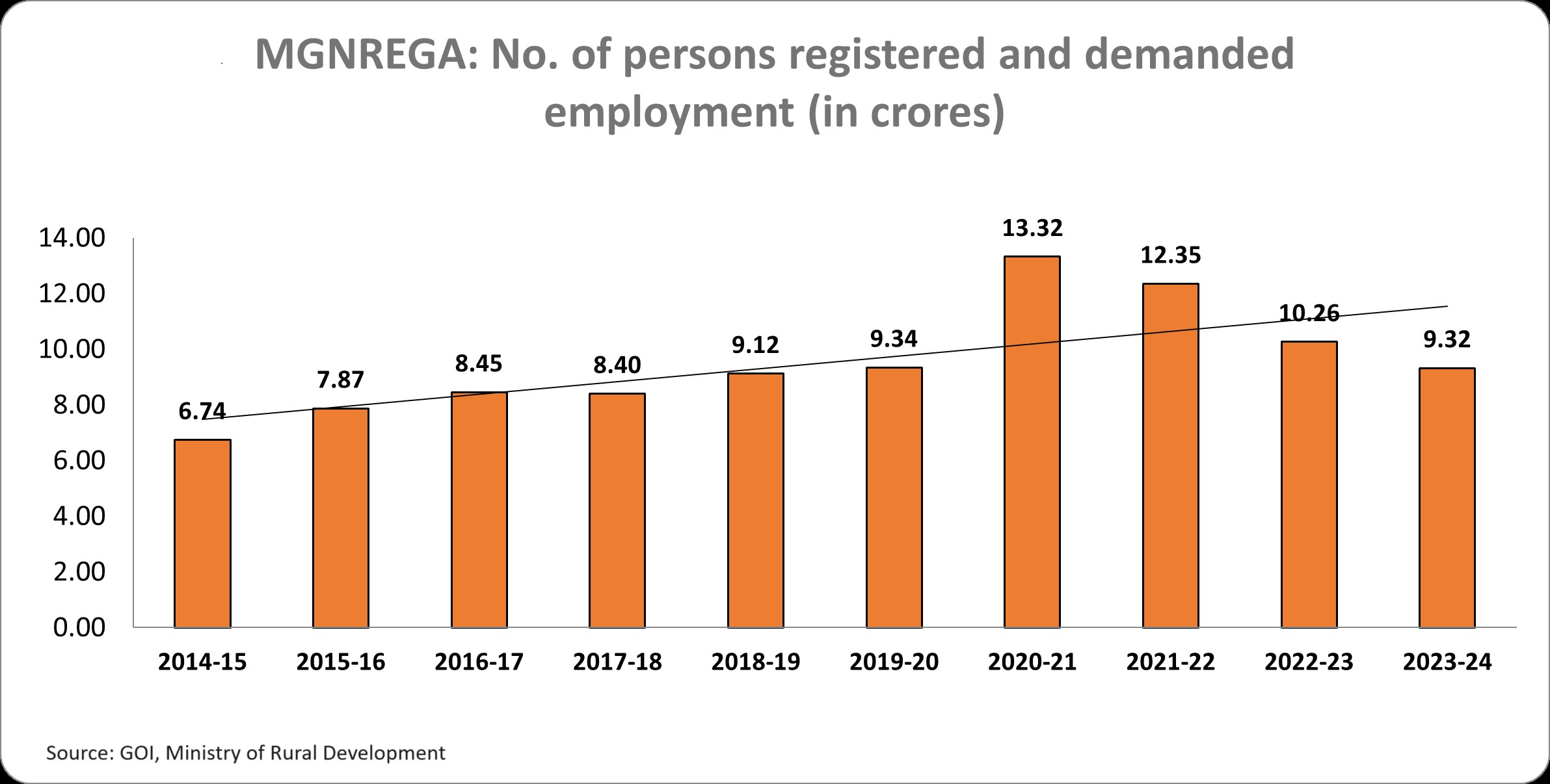

Ajith B
The Mahatma Gandhi National Rural Employment Guarantee Act (MGNREGA) has been the Indian government’s flagship social welfare program since it was implemented by the first UPA government in 2006. It seeks to protect the “right to work” by providing every registered rural household with 100 days of employment on demand.
Despite significant issues with implementation, this scheme has provided a lifeline to millions of rural poor during difficult times such as agrarian crises and pandemic-related lockdowns. Currently, it has around 250 million registered workers.
However, for obvious reasons, the BJP has always tried to downplay MGNREGA’s significance. Prime Minister Narendra Modi stated in 2015, “My political instincts tell me that MNREGA should not be discontinued because it is a living memorial to your failures. After so many years in power, all you were able to deliver is for a poor man to dig ditches a few days a month.” (scroll.in, Feb 27, 2015)
Nonetheless, this remained his wishful thinking. Data show that the government has repeatedly been forced to spend more than the budgeted amount on the employment guarantee scheme.
The reason is simple. There is no way for the rural people to get better jobs; whatever the government claims. Unemployment continues to be severe.
In recent years, Finance Minister Nirmala Sitharaman has attempted to reduce the budget allocation for MGNREGA from the previous year’s actual spending, demonstrating the government’s refusal to accept reality. On December 14, 2022, she stated in Parliament that the demand for jobs under this programme in rural areas is decreasing as the rural economy returns to normal. This does not tell the entire story.
The number of households looking for work increased dramatically in 2020-21 due to the economic distress caused by the pandemic and lockdown. So, as the economy improved, the number of MGNREGA job seekers fell in subsequent years when compared to 2020-21. However, these figures remain higher than in 2019-20, just before the pandemic. In other words, the trend of increasing job seekers under MGNREGA persists.
Look at these numbers. 91 crore families applied for jobs in 2022-23, up 12.04% from 6.16 crore applications in 2019-20. In the current financial year, 6.52 crore families have already applied for employment under this scheme. 5.75% higher than 2019-20.
The same trend can be seen if we look at individuals instead of families as well:
The MGNREGA has not turned into a “living monument” to the UPA government’s failures, as the Prime Minister had hoped. Instead, it remains a living reminder to a government that has failed to find a better long-term solution to the country’s unemployment problem.
Ajith B is an engineer, IT expert, and social observer. He writes about technology, economics, the environment, society, and politics.





















